I met Veronika Palovska at the end of 2014… in the Udemy comment section to my first online course. A few months later she signed up for my newsletter, read all of my early-days blog posts on a wordpress template that would hurt your eyes even if you weren’t a graphics designer, and bought my Opted Out book a year later.
In February of 2016 I randomly read her twitter profile and was intrigued by her new business. I interviewed her after her website launch (if you haven’t read the interview, it’s here), and we’ve been soul sisters and business accomplices since (this beautifully re-branded website is her work!).
One lesson I learned from her – it’s actually a poster she designed – is “You Can Do Hard Things.”
Running an online business is a constant roller coaster of emotions, fights, doubts, fears, triumphs, and failures. Sometimes it feels like a an adventurous game, but then it’s not because you also have to pay the bills.
I can’t tell you how many times this year I’ve looked at her poster and was reminded that I Can Do Hard Things. This is why I’m sharing this interview with you today. So you are encouraged to do hard things, not only dream them, but also believe that you can – and you will! ~ Elena
Wow. One year. Feels like a lifetime. How has your business niche changed compared to your initial vision? Why?
I know, right? Sometimes it seems like yesterday when I hit “publish” on Do You Speak Freedom for the first time, and sometimes, it feels like an eternity.
But back to your question. My initial vision was to help non-native English speaking female entrepreneurs (like myself) who want to run an online business. Many of them struggle with the fear of putting themselves out there online – not because of the language barrier, but because of the stories they keep telling themselves.
The thing is, when a language that you don’t feel 100% confident about becomes your bread and butter, you have a lot of doubts: What if I make a mistake? What if I look stupid? What if no one gets it?
As a result, many people get stuck in the “wannabe” stage, or they resort to a wishy-wishy online presence: They hide behind clichés and borrowed phrases and never use their true voice and personality.
The reason this bothers me so much is that by not showing up, they make space for people who have nothing to say but aren’t afraid to say it loudly, or even worse, scammers and sleazebags. And then people who need help end up giving their money to these jerks because there is no one else around.
So, I started blogging in the hope that I would help non-native speakers opt out of their doubts and put their personalities out there online. And at the same time, I was fighting my own demons.
Surprisingly (at least for me at that time), my message resonated with a wider audience than just non-native speakers. It turned out that many native speakers experience the same paralyzing fear.
They are also afraid of making mistakes and looking stupid. When marketing themselves online, they don’t want to look arrogant and salesy. They don’t know how to connect with their readers on a human level.
In other words, I realized that the language didn’t matter. It wasn’t the core of the problem I was trying to solve. And that’s when my niche changed from non-native English speaking entrepreneurs to entrepreneurs who teach online. Being a teacher myself, this is where my heart, my experience, and my expertise is.
Why have you decided to re-brand yourself? What did this process include?
Shifting the business niche was a slow, gradual process. It didn’t happen overnight, and I didn’t even notice it at first. It happened naturally as I worked with real clients and talked to real readers.
After some time, I realized that the brand I developed for the “paper” version of my clients and readers before I had real ones no longer fit. So I had to re-brand.
The process included everything you can see on the outside: My messaging, website copy, and the visuals. But it also touched my systems, my routines, and everything else.
The only thing that didn’t change was my “why”: The silence of good people is more dangerous than the violence of bad people.
The silence of good people is more dangerous than the violence of bad people. ~ Veronika Palvoska Click To Tweet
I’ve seen at least 3 changes to the initial design of your website. Admittedly, you are a graphics designer yourself, so you can do it, but how often would you recommend a website makeover and why?
That’s a good question. In my opinion, one big change a year is more than enough. It takes some time for people to get used to your brand and start recognizing you visually, and having a recognizable brand is a huge advantage. That’s why changing your design style too often (or having no style, for that matter) isn’t a good idea.
Having said that, not changing your web design at all years after you got started isn’t a good idea, either. A brand is not a static thing. As you get to know your clients and gain clarity, it develops and changes. And your design should reflect that.
Also, people are much more Internet savvy now than they were a few years ago. Maybe in the past, you could get away with a crappy website, but not today. People are used to looking at attractive websites that function well. The bar is much higher now.
“Denial becomes a liability when you see that something is not working and you refuse to deal with it. You tell yourself “I’ll fix it later,” or you convince yourself that you can get away with it, that your audience won’t notice the weak spots. This is bad denial. You won’t get very far relying on your audience’s ignorance.” ~ Twyla Tharp, “The Creative Habit.”
I’m not saying you have to spend thousands on web design. But as design and user experience are becoming more and more important, sooner or later, you’ll have to invest in it – either to learn it or to hire someone to do it for you.
If you’re just getting started, I’d recommend keeping things as simple as possible because the changes are inevitable. A big investment may not be a good idea at this point.
But after you are established and have a good understanding of your audience, hiring a professional designer (or redoing your website yourself, if you have the time and skills needed) is the best investment you can make. When done right, you won’t have to change the design for a long time, and your website will hustle for you and bring the investment back.
What were some of the highlights of the past year? What didn’t work? How did you cope with the first-year blues that every entrepreneur goes through?
Let me start with what didn’t work:
- Having no systems didn’t work.
- Trying to do everything by myself didn’t work.
- Working too hard didn’t work.
- Thinking too small didn’t work.
I mean, I like being small, and I want to stay small. I don’t want to reach a large number of people with my message; I want to impact a small number of people in a meaningful way.
But I learned the hard way that you have to think bigger than you are to allow yourself some breathing space and to avoid the fear of success.
At the end of last year, I reached a point when I had no motivation to publish because I was booked out months in advance and didn’t want to say no to clients and projects that the blog might bring but I didn’t have time to.
That’s when I had to think about the ways I could think bigger and work smarter. I created my first small product, and the mindset change also initiated the whole re-branding process we talked about before.
I took a break to have some time to think things over, and it was this time that helped me cope with the first year blues. When I started writing again, I had a plan, systems, and was clear about my vision.
I enjoyed blogging even more than before, and as a consequence, my readership and engagement grew faster than before (and the growth didn’t scare me that much anymore).
I think this also answers your “highlights” question: Taking blogging seriously allowed my to have fun, and it paid off.
But the biggest win of the whole year is definitely the friends (or, as I call them, my accomplices) I made along the way.
You know, I had always preferred working on my own – but only until I started blogging. First, I teamed up with you, Lena, and I couldn’t believe the effects our cooperation had on my creativity.
Since then I’ve been craving collaboration, and it led to things I wouldn’t consider possible one year ago. I’m friends with people I only admired from a distance and people I’d never meet if it weren’t for blogging.
First year in #business. Learn what overcoming fears and thinking the impossible is like. Click To Tweet
Tell us about your new course: how long did it take you to develop it and what did you struggle with the most? What lessons have you learned through this process?
My new course (or class – because it’s not a course in the traditional sense) is called #blog2teach* and is geared towards entrepreneurs who teach online and want to use blogging as their primary marketing method.
[The link to the course is an affiliate link (marked with *), here’s the full disclosure – E.M.]
I know from my own experience that when you teach online, blogging can be an excellent way to find clients – especially if you hate hard selling and sleazy marketing techniques.
I got the idea at the beginning of this year during the break, but it took quite some time to “ripen” in my head. I didn’t want to create another “how to blog” course. I think there are enough of them out there, and there’s also enough free information. Which is, in fact, one of the problems people struggle with: information overwhelm.
In my class, I cut the information to a minimum and concentrate on the action people need to take to turn the time they spend blogging into results (i.e. readers who get hooked and naturally become subscribers and clients – I say naturally because I don’t teach pressure methods like pop-ups or content upgrades).
My goal is to help people build a solid foundation (tools, systems, and habits) that will enable them to blog intentionally and consistently without going crazy.
Another thing that is different is that the class comes with a mastermind. Like I said before, blogging isn’t a lonely journey – it wouldn’t work. So I included the “accomplices” into the package. My belief is that when we join our creative energies, we can help each other accomplish impossible things.
What now?
- Would you like to start blogging with impact and intent? Join our free virtual blogging retreat today. You’ll receive a special coupon to join Veronika Palovska’s #blog2teach course.
- Do you have some fears that cripple your small business? Join our Smart Teacher’s Library so we can help you out – this is a unique community where Veronika and myself are cheerleaders for business action and personal transformation. We’ve created it for online teachers opted out into entrepreneurs.
Veronika Palovska is a writing coach and brand strategist who helps teacherpreneurs turn their expertise and creativity into words that connect and sell and evolve their businesses into sticky personal brands so they can enjoy the freedom of working and living on their own terms.
Veronika’s website is DoYouSpeakFreedom.Com

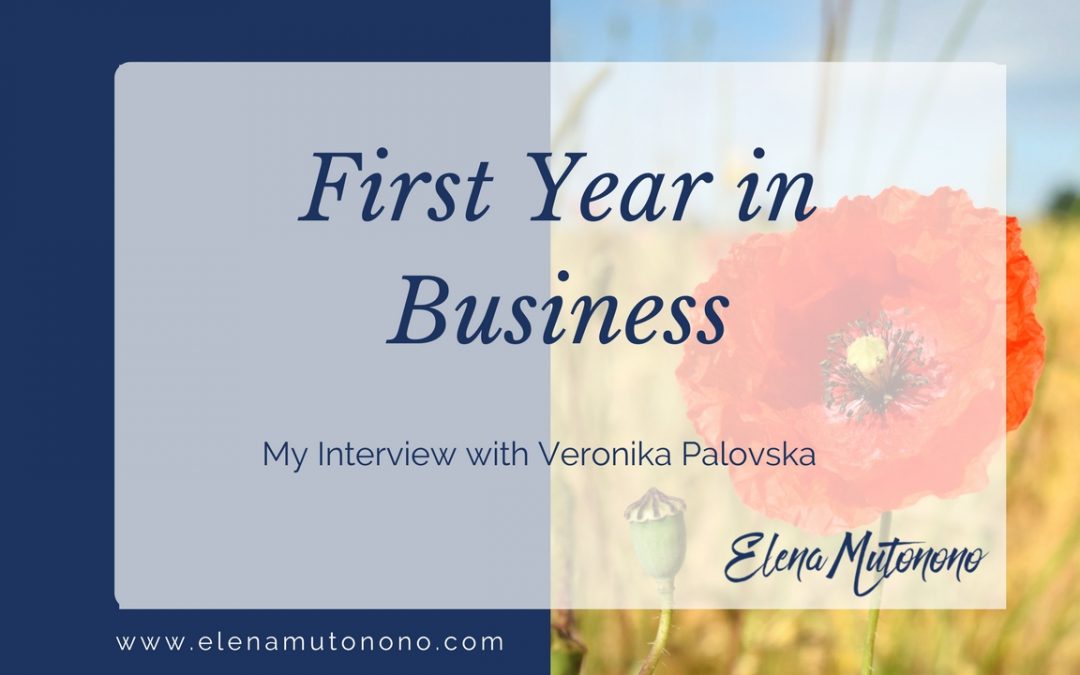
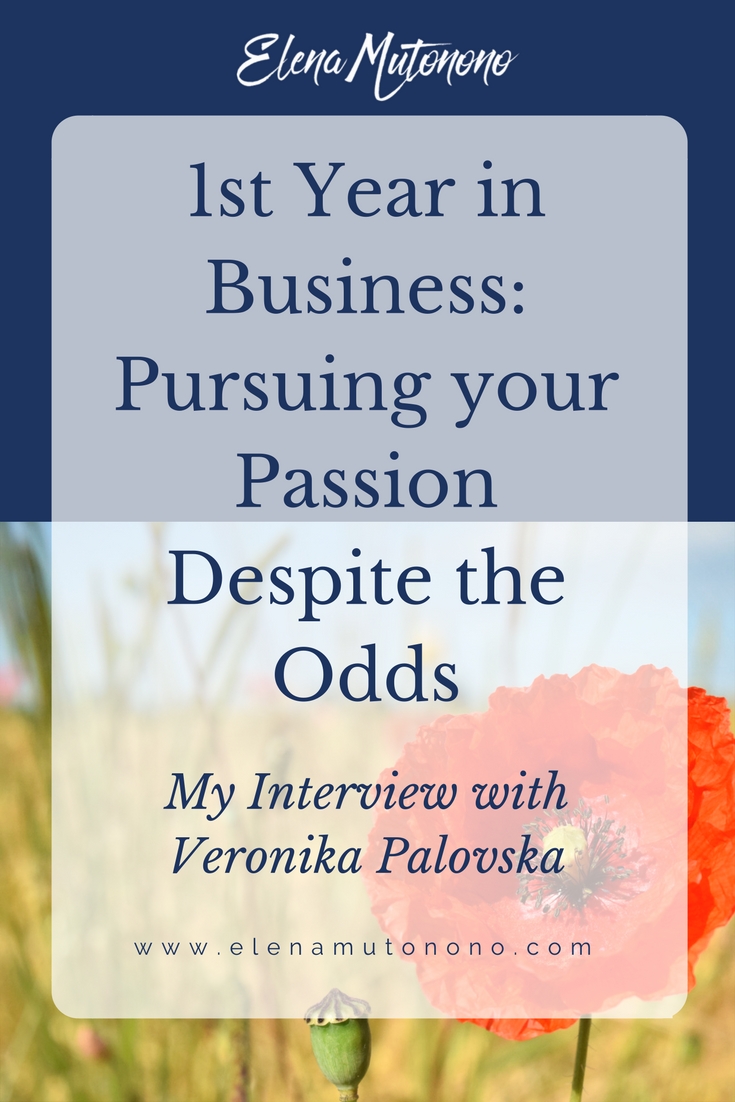
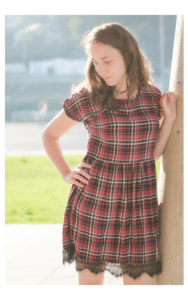
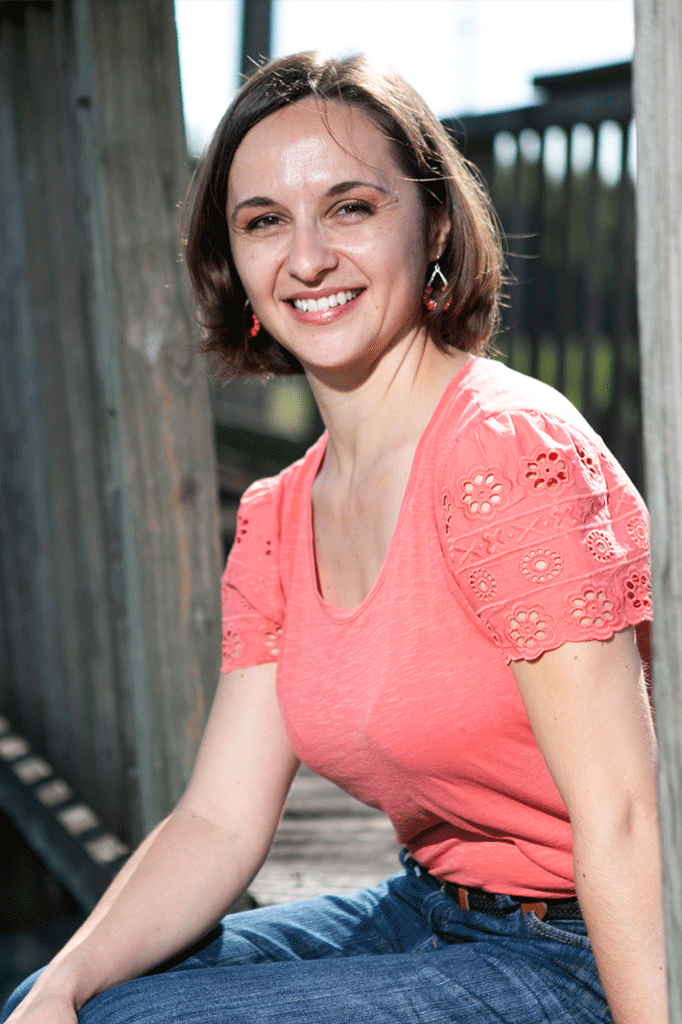 Welcome to my nook where *Big Magic* happens. My name is Elena Mutonono, I help small business owners package their services as digital products and sell them online. I want you to work smarter, not harder. Increase your impact beyond your current face-to-face clients. Grow your business as you reach more people all over the world.
Welcome to my nook where *Big Magic* happens. My name is Elena Mutonono, I help small business owners package their services as digital products and sell them online. I want you to work smarter, not harder. Increase your impact beyond your current face-to-face clients. Grow your business as you reach more people all over the world.
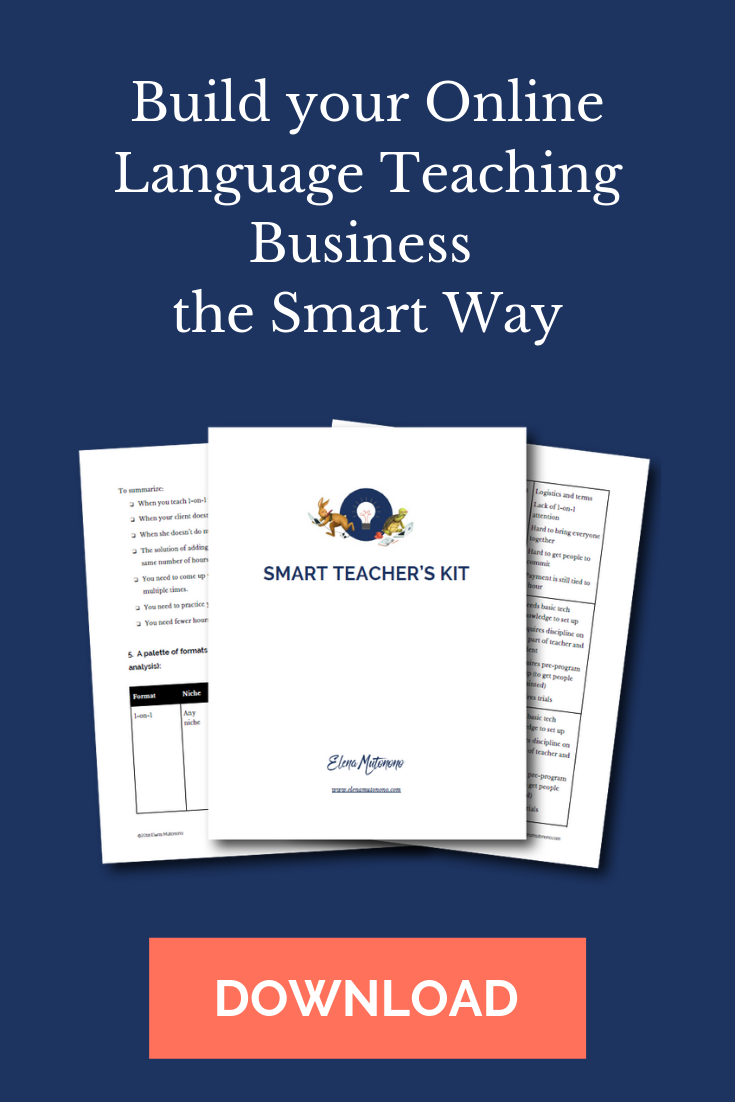
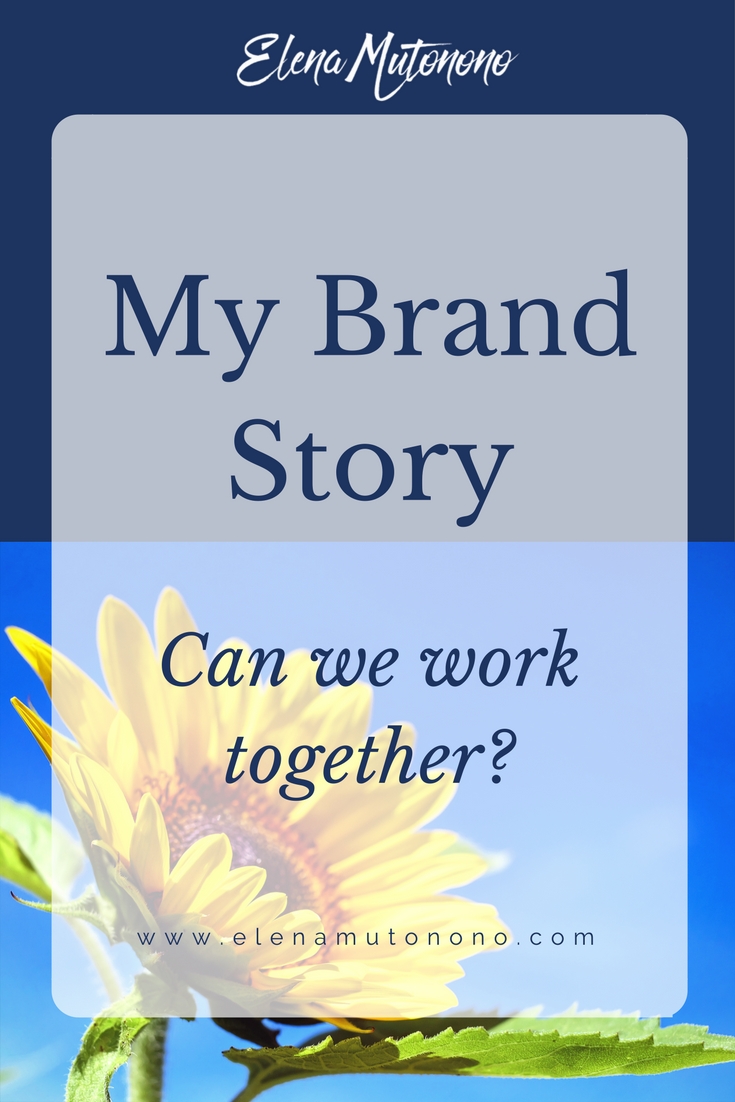

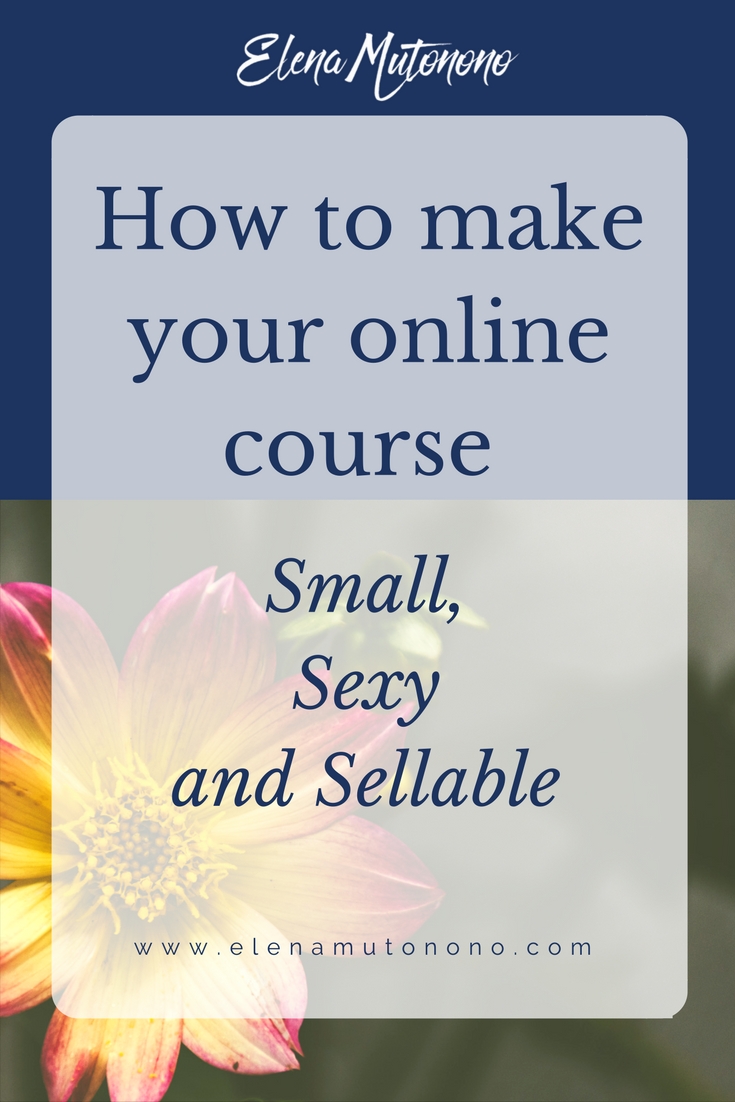


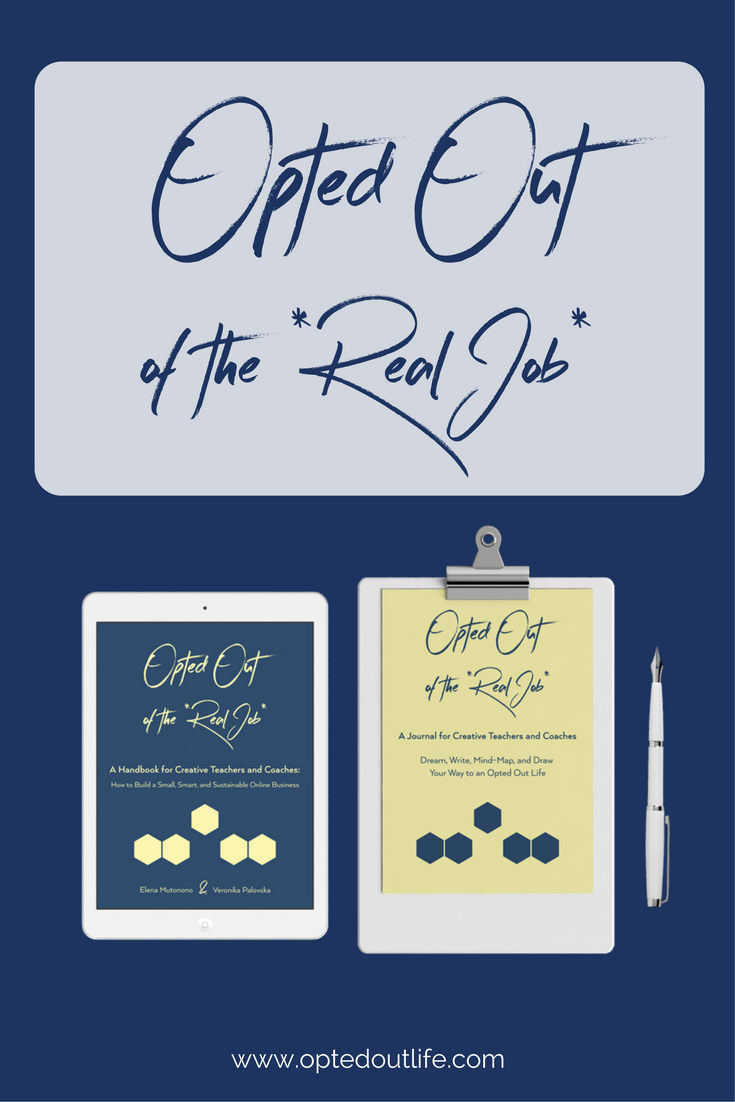

I have a question, you said one of your problems was wanting to do everything on your own, that’s happening to me right now, and as you said, it just doesn’t work. Now, my question is, What kind of help did you find useful? Did you pay someone to help you? (I ask this question because I started my online business with a friend, but it just didn’t work and I don’t really have money to pay anyone right now)
Hey Diego! Great question. I alerted Veronika, and she’ll be responding soon. Thanks!
Diego, if I may interject and say a few things… The first thing before you hire anyone is to see how many things you can automate. Obviously, you can’t automate everything (and you shouldn’t), but choosing the tasks that take a lot of your time and asking how exactly you could automate them will help.
If I were you, I would invest into strategy. Plan your finances and hire a coach. Working with a coach will give you clarity and will save lots of time in the end.
Hey Diego,
That’s such a great question.
Yes, I’ve been working with coaches almost from the beginning. I’ve also been a member of several mastermind groups – both free and paid.
You need someone who gets you, who believes in you, and who just… isn’t you. That’s why coaches and support groups are so important.
If you’re asking about hiring freelancers (like a virtual assistant or a designer), it’s still hard for me because I don’t know how to find the right person and then I tell myself – oh well, I can as well do it myself. I have to work on that! Because there are things you shouldn’t be doing, even if you know HOW to do them.
Anyway, whenever I invested in help, I got the money back and then again and again. Working with a coach puts you in a position where you can start making money, without all the trial and error. And then you just build on that.
And hiring someone to help you with things like social media or design saves you time and energy that you can invest in doing your work, helping people, and of course, making money.
What I’m trying to say is that if you wait until you have enough money to hire someone, the time may never come…
Thank you for your thought-provoking question!
Hi, thank you very much for taking the time for answering, now, my question is: how could I get a coach?